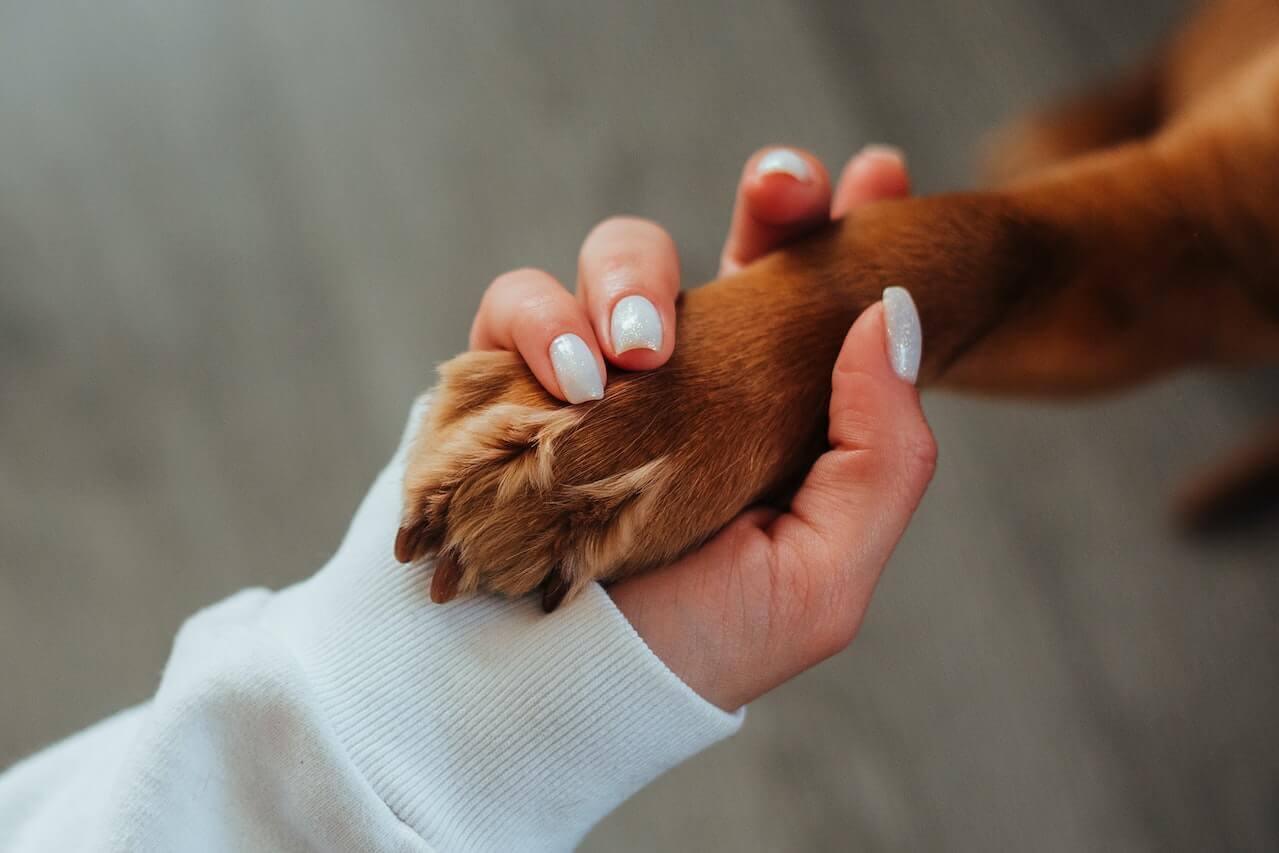
So your dog has a paw infection? Don’t worry; plenty of ways to help your fluffy companion. We love to see our pets playing outside, but sometimes dirt carries harmful bacteria. You can’t protect your pets from everything, but you can learn to stop and treat paw infections naturally or with high-quality pet healing products.
Pododermatitis, a dog’s paw infection, is common in canines. It’s a condition that affects the pads of their paws, causing inflammation and soreness. Today, HICC PET™ discusses what Pododermatitis is, the symptoms and causes, diagnosing and treating the condition, natural ways to treat it, and prevention strategies. Let’s get started!
What Is Pododermatitis in Dogs?
Pododermatitis is an inflammation of the paw pads that mainly affects dogs. The illness can range from mild to severe. In bad cases, it is a painful condition that makes it difficult for dogs to walk and stand.
The condition happens for different reasons. Some common reasons for infected dog paws include:
1. Bacterial or Fungal Infections
Bacterial and fungal infections can lead to inflammation and irritation. These infections start from contact with contaminated surfaces, such as grass and soil.
Visible signs: Red or swollen paws with bumps, ulcers, or discharge. Dogs may lick their feet constantly for relief.
2. Allergies
Allergies are a common cause of Pododermatitis. Allergens, such as pollen, mold, dust mites, or any contact with the allergen may cause inflammation and irritation in the paws.
Visible signs: red inflammation in the paws and non-stop itching. The area may have red and brown fur stains if yeast overgrowth occurs.
3. Overgrowth of Fur
If a dog’s fur is too long and thick, it can cause friction between the paws and the ground, leading to redness, swelling, and pain. The quick schedule is to trim the fur and create a regular grooming routine.
Visible signs: paw inflammation, lesions, redness.
4. Trauma or Immuno-deficiency
Trauma, such as a cut or puncture wound, can cause inflammation, irritation, or poor immunity.
Visible signs: scabbing, crusting, and blisters. All four paws may be affected by immune-based infections.
If you are unsure whether your pup has an infected dog paw, consulting a veterinarian will help. If you suspect that they may have Pododermatitis, there are ways to naturally treat the condition.





